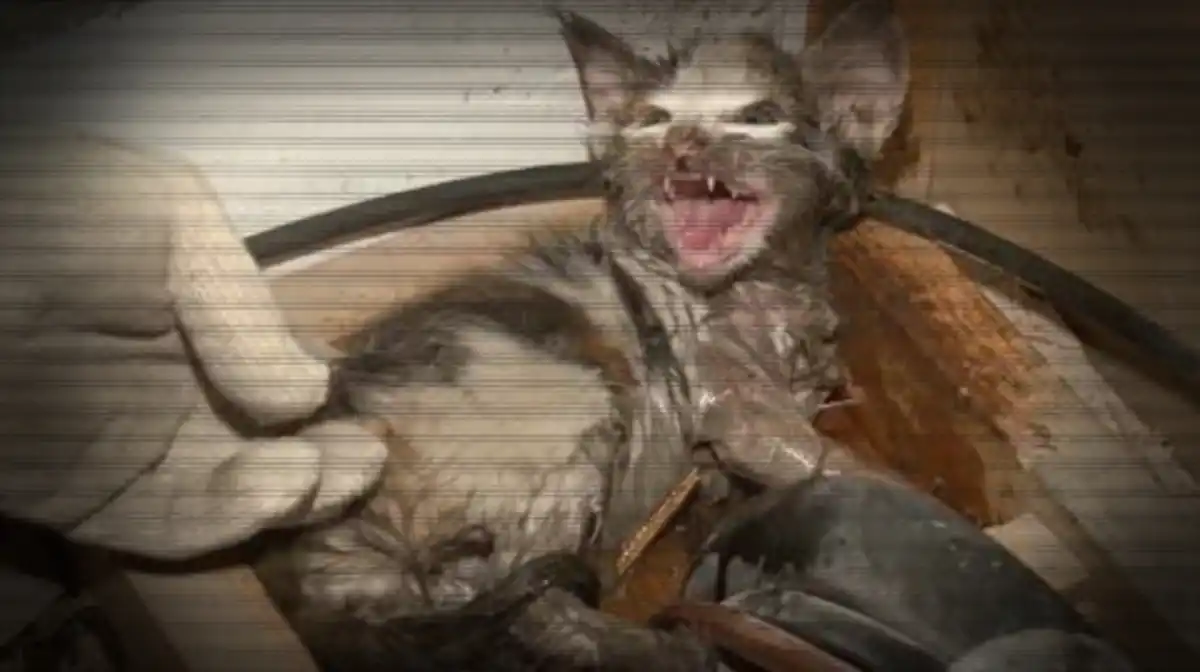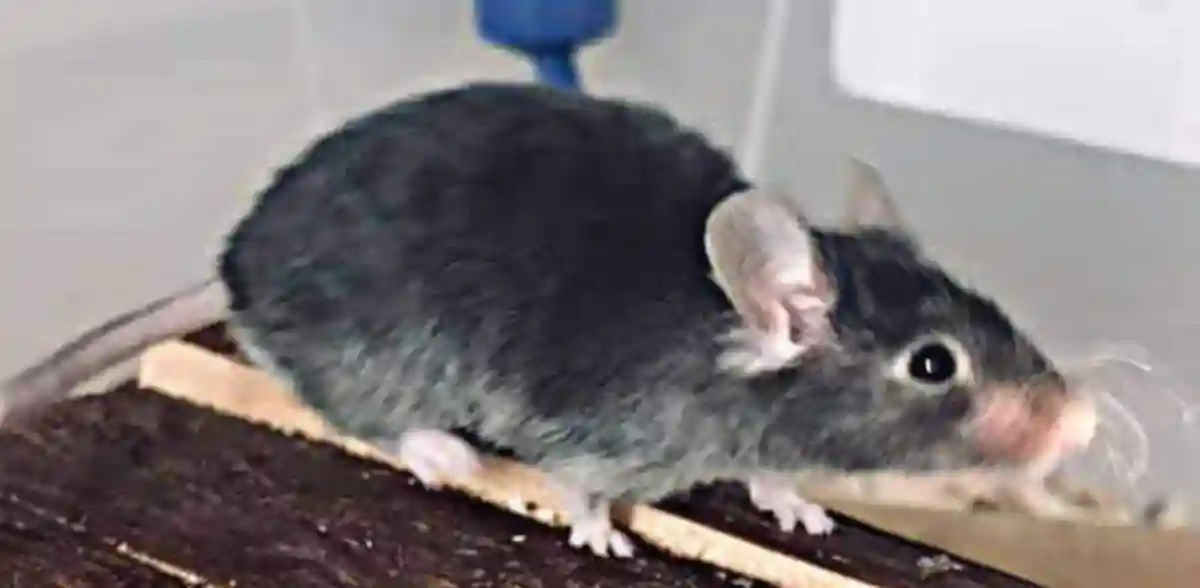Your cat has been in contact with a sticky mousetrap and now has glue stuck to its fur. This guide explains how to get mouse trap glue off cat, so read carefully to save your feline. If your cat is still trapped, you want to carefully cut the stuck hair to free your cat. Afterward, you can gently massage cooking oil into your cat’s fur to remove the glue. Once all the glue is off, clean your cat’s fur to ensure it is completely free from any residue.
How to get mouse trap glue off cat

The general steps include removing the glue, massaging your cat with oil, and cleaning off the glue residue. Below are the steps to take:
1. Release your cat from the sticky trap
The first step is to release your cat from the trap. You will have to carefully cut the hair stuck to it using scissors. Ensure that you only cut the hair and avoid cutting too close to your cat’s skin to prevent any injuries.
However, if the trap is stuck too closely to your cat’s skin or if you are unable to safely remove the glue, seek professional help from a veterinarian immediately. A professional will be able to safely get mouse trap glue off cat.
2. Wrap the cat in a towel
Wrap your feline with a towel. Lift and position your cat on your lap or any suitable surface such as a bed or table or bed. Some mousetrap glues contain toxic substances that can be harmful to cats. Thus, a towel will keep your cat from inadvertently licking the treated area and potentially poisoning it.
3. Apply cooking oil
Apply a small amount of cooking oil (equivalent to the size of a dime) to the affected area. Your oil options include:
- vegetable oil
- canola, olive
- sunflower
- corn oil
Gently rub the oil into your cat’s fur using your fingers, and make sure that the glue is thoroughly coated with the oil.
Alternatively, you can massage your cat’s fur with peanut butter to remove the glue. Avoid using toxic substances such as eucalyptus, tea tree, or citrus oil— these can be harmful to your cats. Do not also use toxic solvents like paint thinner or acetone to eliminate the glue from your cat’s fur, as they can also pose risks to your feline companion’s health.
4. Let the oil sit for a while
Allow the oil to rest in your cat for about 5 minutes to soften the glue. The longer the oil sets on your vat, the easier it will be to get mouse trap glue off cat.
5. Remove any glue residues
Get a clean, dry cloth to carefully eliminate the glue from your cat’s fur. Wipe the affected area with the cloth, and continue until all traces of the glue are removed. If any glue residue persists on your cat’s fur, repeat steps 3 through 5 until the glue is completely removed.
Steps to safely clean your cat’s fur
After getting the mouse trap glue off your cat, the next step is to clean its fur gently. Follow the steps below to clean your cat’s fur after glue removal:
1. Prep the bathtub
Fill the bathtub with about 3 to 4 inches (7.6 to 10.2 cm) of lukewarm water. You can test the water with your wrist to be sure that it is not hot. The water should feel slightly warmer than your body temperature but not excessively hot. Lukewarm water is typically around 95 to 100 °F (35 to 38 °C). It’s also okay to use the sink as a bathing spot for your cat.
2. Protect your feline from slipping
Position a towel on the bottom surface of the tub to provide stability and prevent your cat from slipping during the bath.
The towel acts as a safeguard against accidents. Alternatively, you may choose to use a bath mat, which serves a similar purpose of ensuring a secure footing for your cat during the bathing process.
3. Lower your cat into the bathtub
Lift your cat with both hands and gently lower it into the bathtub. Make to grip the car securely. Hold your cat firmly yet gently throughout the process. If your cat becomes anxious, stay calm. Speak to your cat in a soothing tone and offer gentle petting to help calm its nerves.
4. Wet the cat
Take a cup and pour water over the affected area, ensuring thorough wetting. You could use a handheld shower spray to wet the affected area effectively. Avoid getting water into your cat’s eyes, ears, and nose.
5. Apply shampoo
Keep the amount of shampoo minimal, equivalent to the size of a dime. Massage the applied shampoo gently into your cat’s fur until a rich lather develops. Wash the area until all traces of the oil are gone.
Don’t use human shampoo when bathing your cat. According to WebMD, “They’re not safe if your cat licks it, and they may hurt your cat’s delicate skin.” Instead, use a shampoo specifically formulated for cats. So not also use insecticide shampoo on your cat, as the insecticide may react with the mousetrap glue and cause adverse effects.
6. Rinse the affected area
Pour a cup of lukewarm water over the soapy area to rinse your cat’s fur until all traces of soap are eliminated. The soap should be rinsed off before removing your cat from the tub. This ensures that your cat’s fur is free from any residual soap.
7. Dry up the cat
Lift your cat out of the tub and wrap it with a clean, dry towel. Rub gently with the towel to dry the wet area. Subsequently, place your cat in a warm room or near a heat source, such as a sunny window or a space heater, to help the drying process. Remember to reward your cat with words of praise and treats for its good behavior.
If your cat has long hair, consider combing the hair with a wide-toothed comb for proper grooming.
Read also: saving a crying mouse in glue trap
Resource
- “Tips for How to Bathe Your Cat or Kitten.” WebMD






